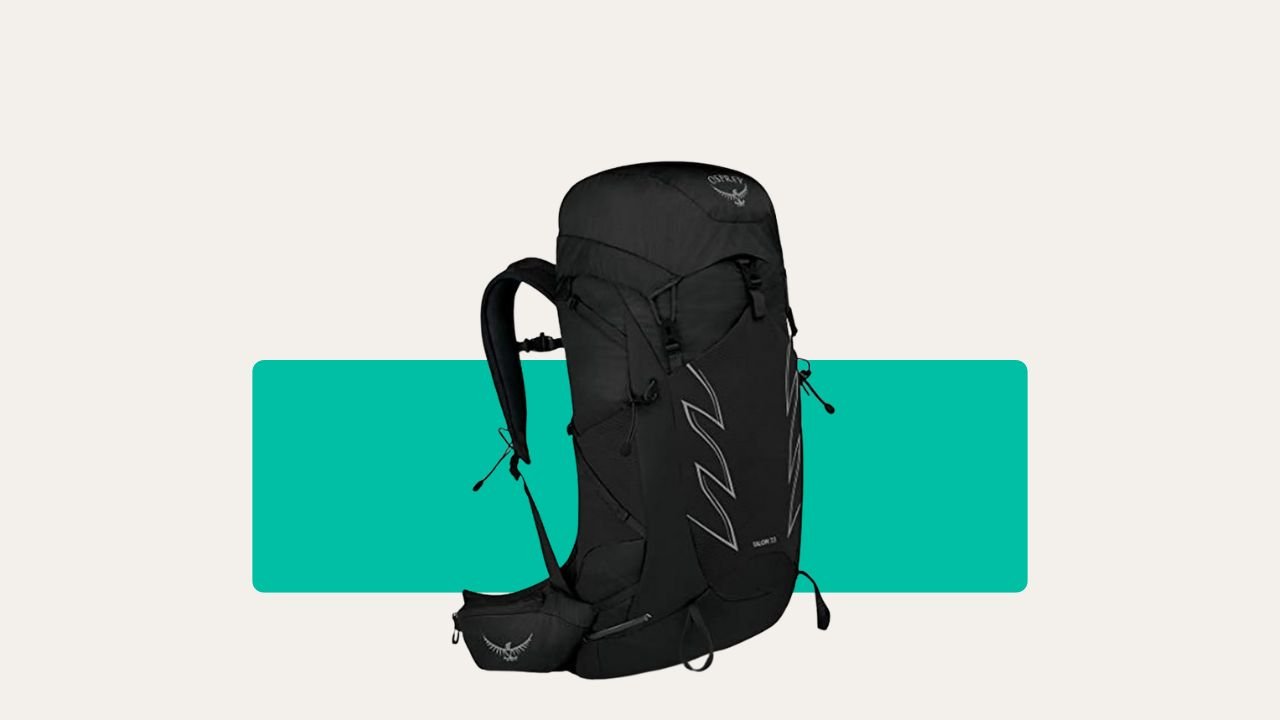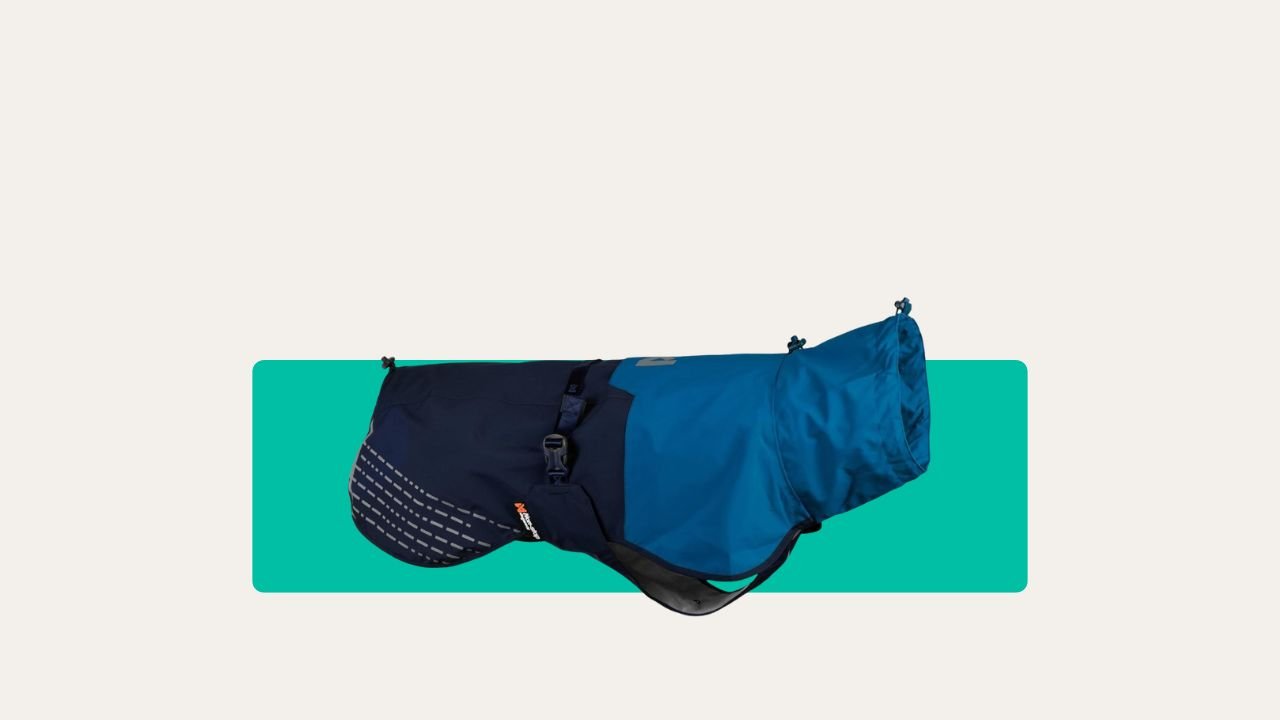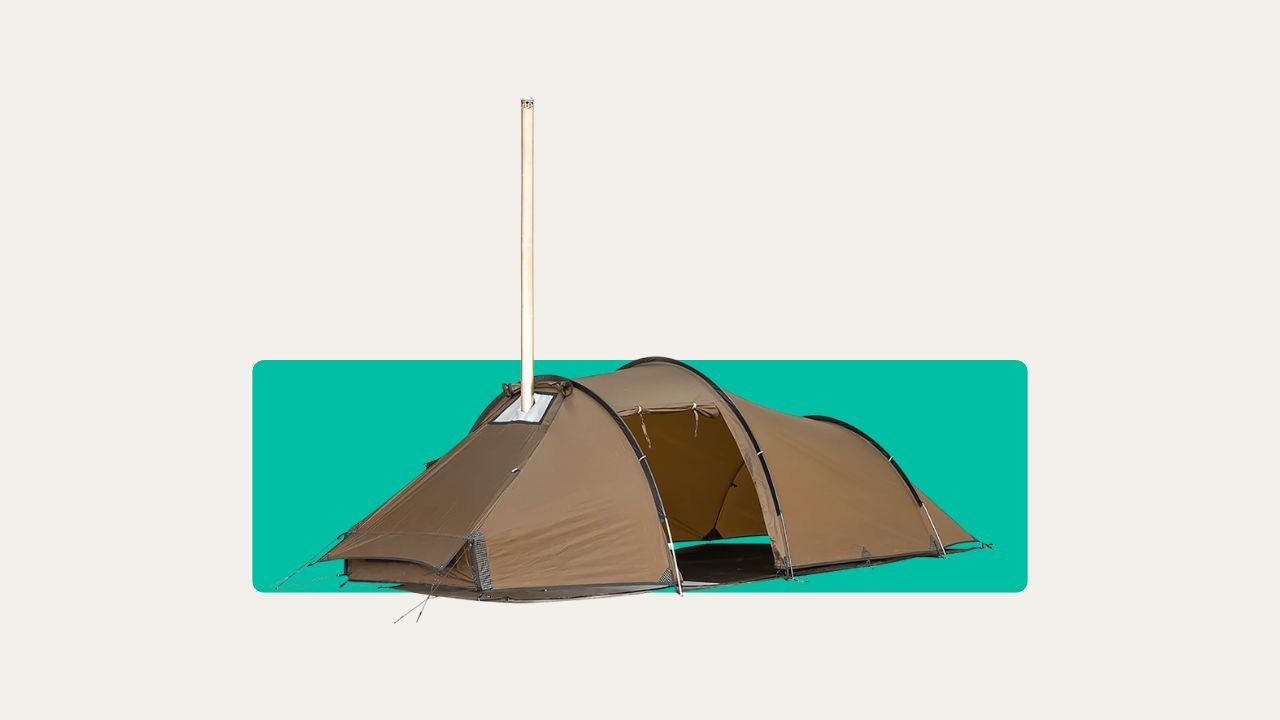Most people think you need a massive generator to camp in comfort. Truth is, a smart, manageable power station can make all the difference – especially if you’re in the UK, where rain, wind, and muddy fields can turn a “simple trip” into an adventure.
I’ve camped everywhere from the windy coasts of North Wales to woodland festival clearings, and if there’s one lesson I’ve learned, it’s this: Never underestimate the value of steady, safe power off-grid.
Let’s take a close look at the Bluetti EB70. How does it actually hold up outdoors? Is it just another overhyped power box, or is it the real deal for campers like us?
I’ve tested it properly, and I will be showing you why this power station is worth a place on your camping gear list.
What’s in the Box?
Open the robust packaging and you’ll find the Bluetti EB70 ready to go. Here’s what you get:

- The EB70 power station itself (a tidy 9.7 kg of blue, grey, or turquoise, depending on your taste)
- AC mains charger (with a chunky brick, mind you)
- Car charging cable (for topping up on the move)
- MC4-to-DC cable (for solar charging)
- User guide and warranty card
No fluff, no pointless trinkets, just the gear you’ll actually use. Everything you need to keep your gadgets and camping comforts alive.
Bluetti EB70 At A Glance
| Feature | Details |
|---|---|
| Battery Type | 716Wh LiFePO4 (lithium iron phosphate) – long-lasting and safer than standard lithium-ion |
| Weight | 9.7 kg – manageable for car camping, not ideal for backpacking |
| Size | 32 x 21.7 x 22.2 cm – compact enough for boots, vans, and festival setups |
| AC Output | 2 x 240V pure sine wave (safe for laptops and small appliances) |
| DC Output | 2 x 12V DC ports + 1 x 12V car socket |
| USB Ports | 2 x USB-A (fast charge), 2 x USB-C (up to 100W) |
| Extras | 10W wireless charging pad on top + built-in LED torch |
| Solar Input | Works with Bluetti PV200 (200W) – full charge in ~4.5–7 hrs with decent sun |
| Surge Power Limit | 1,400W – decent for kettles and microwaves, not hairdryers or heavy tools |
| Noise Level | Whisper-quiet – no fuel, no fumes, just smooth power |
| Durability | Tough build with rubber feet – handles rough campsites well (but not waterproof) |
| Display | Basic LCD, battery shown in 5 bars (no percentages) and turns off quickly |
| Best For | Car campers, festival-goers, campervan users, emergency home backup |
EB70 Dimensions and Main Features
The EB70 is compact for its power class – 32 x 21.7 x 22.2 cm, so it stows in most car boots and camper cupboards. At 9.7 kg, it’s not something you’ll want to lug up a steep hill, but for car camping or festival weekends, it’s spot on.
The real star is the battery: a 716Wh LiFePO4 (lithium iron phosphate) pack. Why does this matter? LiFePO4 lasts four times longer than regular lithium-ion cells, and it’s much safer. I camp with my kids, so knowing it’s not going to randomly decide to overheat is a big win for me.
Ports are plentiful – you get:
- 2 x 240V UK AC outlets (pure sine wave, so safe for laptops and gadgets)
- 2 x USB-A (standard fast charging)
- 2 x USB-C (up to 100W for modern gear)
- 2 x 12V DC outputs
- 1 x 12V car socket
- Wireless charging pad on top for phones (10W, handy but not the fastest)
There’s also a torch included. Not a gimmick – it’s bright enough for tent fussing at 2am or a midnight dash to the loo block. Rubber feet mean it doesn’t slide around, even if you plonk it on wet grass or a campervan worktop.
My Real-World Experience with the Bluetti EB70
Now, here’s the bit that really matters – actually using the thing in the wild.
First trip out with the EB70, and the British weather didn’t hold back. Think drizzle, wind, and everything damp before we even pitched the tent. I parked the EB70 under the campervan awning and hooked it up to a few essentials: a coolbox, two phones, and a travel kettle. Nothing fancy – just what any weekend camper might use.
Breakfast was the real test. I ran a 900W microwave to heat up some porridge (what can I say, I like a decent breakfast), then made tea and toast using a small camping toaster. Even after all that, the battery still showed over half full. That was a good sign.
Later on, the kids got stuck into their tablets – movie marathons and all. The USB-C ports handled that without breaking a sweat. I used the wireless charging pad overnight for my phone, and it worked like a charm. No wires, no drama.
What impressed me most was how well the EB70 powered our coolbox. If you’ve ever tried to juice a coolbox on a muddy campfield, you know how quickly cheaper stations give up. Not here – the EB70 kept ours ticking through a long, rainy day and into the night. And if you’ve ever had to stumble out in the dark to restart your power, you’ll know how much of a win that is.
Only gripe? The display. It switches off after about 10 seconds to “save battery,” which sounds great until you’re trying to check what’s going on with your input and output. Not a deal-breaker, just one of those mildly annoying quirks. I may have had a quiet grumble or two while tweaking the solar panels.
Charging with the Bluetti PV200 Solar Panel
Now, solar charging in the UK is a game of patience. Cloud, drizzle, sun – sometimes all before breakfast. I linked the EB70 with Bluetti’s PV200 200W solar panel and, on a clear summer day, managed a steady 150W input. That’s a full charge in about 4.5 hours of solid sunlight – not bad. Realistically, expect more like 6-7 hours with scattered clouds, or less if you don’t chase the sun.
The MC4-to-DC cable plugs straight in, and the three-metre lead means you can stash the EB70 in the porch or van while leaving your panels out to chase the best of the patchy UK sky.
If you’re serious about wild camping or doing festival weekends, solar makes the EB70 a solid off-grid companion. But expect charge times to vary as wildly as British weather. On darker weekends, I’d recommend using solar to stretch your power further rather than relying solely on it for a full recharge.
Pros and Cons – No-Nonsense List
What I Rate
- LiFePO4 battery: Safer and outlasts most rivals, especially if you cycle your gear hard
- Plenty of outputs: AC, DC, USB-A, USB-C and wireless means you can power just about anything
- Compact size: Tucks away in the van, doesn’t dominate your boot
- Handles typical camping loads: Boils kettles, runs coolboxes, charges phones and laptops
- Quiet operation: No petrol fumes, no roaring generator noise
- Tough build: Withstands muddy boots and bouncing along rough tracks
A Few Downsides
- Display turns off too fast: Hard to monitor at a glance
- LCD info is basic: Only shows battery in five segments – I want percentages!
- Surge limit: 1,400W is OK for most use but will trip with some high-start appliances (e.g. hairdryers, induction hobs)
- Not waterproof: Be careful in very wet conditions
Nothing here is a deal breaker unless you know you’ll be maxing the surge limit or camping through monsoons.
Is the Bluetti EB70 Worth the Money?
Let’s be honest – portable power stations aren’t cheap. And when you're shopping around, it’s easy to get dazzled by big names like Jackery or Goal Zero. I’ve tested both, and here’s what I’ve found.

The Jackery Explorer 1000, for example, does give you more capacity (1,000Wh vs the EB70’s 716Wh), but it’s also bulkier, uses older battery tech, and usually costs quite a bit more. Unless you’re trying to power an entire glamping setup, the EB70’s 716Wh is more than enough for most camping trips.
What makes the EB70 stand out is its battery. It uses LiFePO4 cells, which means it’ll last for years, far longer than many rivals. Add to that the number of ports, wireless charging, and its compact size, and you’re getting a lot for your money.
Sure, the display could be better. But between a fancy screen and a battery that keeps going trip after trip? I know what I’d rather have.
If you’re weighing up options, check out our camping power station comparison. It breaks things down clearly so you can find what suits your setup best.
Bluetti EB70: Best for Who and When?
Here’s where I get blunt. If you camp with kids, haul tech, or use delicate kit (laptops, cameras, drones), the EB70 makes life easier and safer. It’s a proper upgrade if you’re moving on from power banks or nervous about running out of power during a stormy weekend.
Festival goers and campervan owners will get solid value. For wild campers on foot, it’s probably overkill unless you’re splitting weight with mates. Emergency backup at home? The EB70 is a reliable buffer when the power’s out.
Don’t expect miracles in torrential rain or to power big garden tools. But for anyone who wants off-grid comforts with no drama, it’s hard to fault. I once ran the EB70 for three damp, blustery days near Loch Lomond. The only time I regretted it was when I tried to run a hairdryer and tripped the surge – lesson learned.
Final Thoughts for Outdoor Use
Most campers tend to overbuy or under-prepare when it comes to power. The Bluetti EB70 is the middle ground that actually works for most UK adventures – car tours, family weekends, or festivals. Safe, solid, and gives you options, even when the weather tries hard to ruin your plans.
If you want a dependable, good-value solution that goes the distance, this is the sort of kit worth investing in. Just… keep an eye on that display, and if you ever find a power station that survives being dunked in a Scottish bog, let me know.
If you’re weighing up which portable station best suits your trips, or how solar charging pans out under real UK clouds, check out our no-BS power station guide for more hands-on advice.
Whatever you pick, don’t let power worries spoil your next wild weekend. Go prepared – the rest is just good stories by the campfire.









